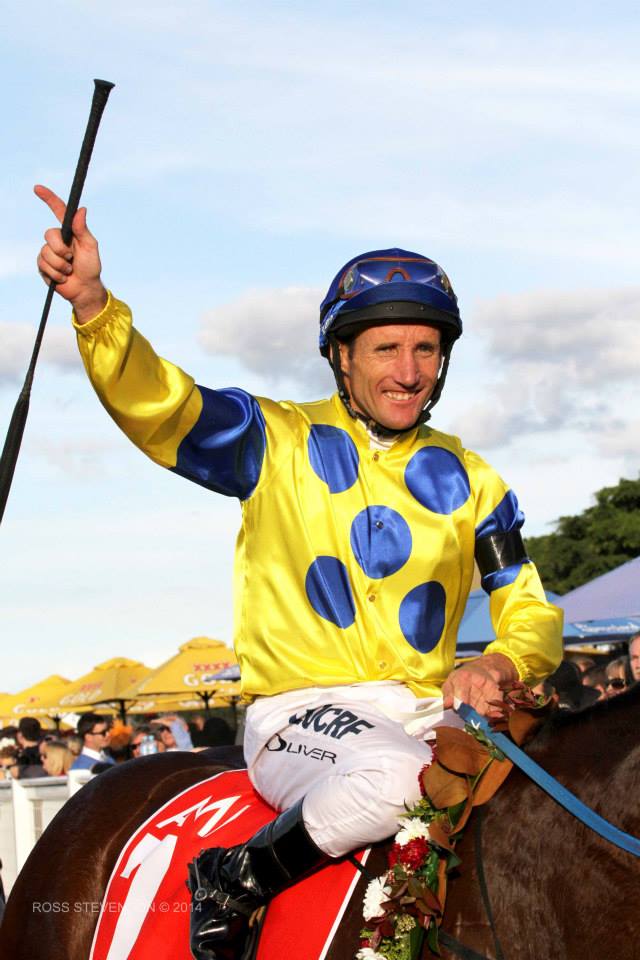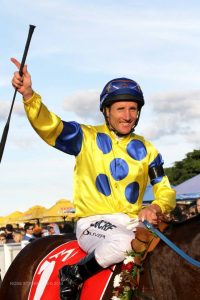

One of the issues that frustrate any sports person is inconsistency in the interpretation and application of the rules of the sport. Any Rugby League fan will have a litany of complaints about the current crop of referees, and justifiably so. Being the arbiter in any sport is a tough gig, and the increase in the speed of the game and the increase in the complexity of the rules make being a referee in the NRL a pretty thankless task. Nevertheless, it’s a lack of consistency that makes players and fans livid.
Is racing any different?
I think not. The evidence is there for all to see – sometimes. Currently Racing Victoria has 8 jockeys serving suspensions for careless riding or banned substances. Racing NSW has 4. Does that mean that NSW riders are twice as careful as Victorian riders? That proposition is simply absurd. Does it mean that Victorian stewards are twice as strict as there NSW counterparts? Maybe, but let’s dig a little deeper, and let’s look at one specific example as an illustration of what needs to be fixed.
The Rules of Racing are both local and nationwide – that’s ridiculous. It’s a nationwide industry, so why is it necessary to add local rules? Add to that the fact that there certainly appears to be every evidence that the Rules of Racing are interpreted differently from State to State and you can easily see how inconsistencies happen.
The jockeys serving careless riding suspensions in Victoria are out for periods ranging from 7 meetings to 14 meetings. That’s easy to understand, at least on the surface of it, but then you have to look at the severity of the suspensions and whom they have been applied to. Damian Oliver copped the 14 meetings; Michelle Payne copped 10 meetings – both for careless riding. But the others on careless riding charges have suspensions of 7 & 8 meetings. The thing to remember here is that a difference of 1 or 2 meetings in a suspension to a senior jockey can, and does in Oliver’s case, mean the difference in riding a real chance in a Group 1 race. The definition of careless riding is subjective at best. Basically, it comes down to allowing your horse to change direction when “insufficiently clear” of other runners. That means that the stewards have to determine, from visual observation and race videos, how severe the interference is and then have to determine a penalty. There’s no issue in more severe interference attracting a stiffer penalty, but, unless the interference is really bad, the effects are often too subtle for a layperson to even see. The problem with subjective determinations is the fact that accusations can be made that high profile riders, Oliver and Payne, might be treated a bit differently to those with less public image, or notoriety. That’s not a good look for any sport.
In NSW, jockeys are suspended for a period of time, not a number of meetings, per se. Of the 4 currently on an enforced holiday, Jason Collett has fared worst, with two consecutive suspensions sidelining him for 6 weeks. If Collett were able to attract rides at every meeting in that period, the comparison with Victoria would be that he has been slammed with an equivalent of 32 meetings. Obviously, he wouldn’t ride at every meeting, but the inconsistency is still there. Even if he restricted himself to metropolitan and provincial rides, which he mostly does the severity is still above that of the worst suspension currently running in Victoria.
So, here’s the dichotomy – more suspensions in Victoria, but harsher suspensions in NSW. Why can’t we have some consistency?
And then there’s the example we saw last week at Muswellbrook. Here’s a link to the race video:
The head on video is far more graphic – you can actually see the running rail bend inwards on two occasions! But the effect is there for all to see. The favourite was bumped back into a pocket just after entering the straight and that was OK, just good competitive riding. The rider then went for a rails run, got to a point where the horse’s head was at the girth of the leader and the leader closed the run. You can actually see the rider on the leading horse look backwards and inwards before flattening the favourite and almost putting him over the running rail. Not OK, not just competitive riding – but simply dangerous and irresponsible riding.
There are two points to be made. Careless riding rules are there to protect riders from inadvertent risky moves by other riders. It happens, and there are, and should, be penalties. Reckless riding, or foul riding that puts opponents at risk of falling and at risk of major injury to both horse and rider, has to be treated more severely than careless riding. But in this case, the offending jockey copped just 7 meetings. He was lucky he didn’t cop a belting from the rider he nearly dropped!
And here are the questions – firstly, why can’t careless riding suspensions be of a standard length, longer than the current average, but standard? Secondly, when riding is reckless, why can’t it be treated as such whether the race be metropolitan, provincial or country? The ground is just as hard when you fall at any venue!
Maybe it’s time for all racing jurisdictions to work out a more comprehensive system of managing this problem. Less individuality, less personality, more consistency.
